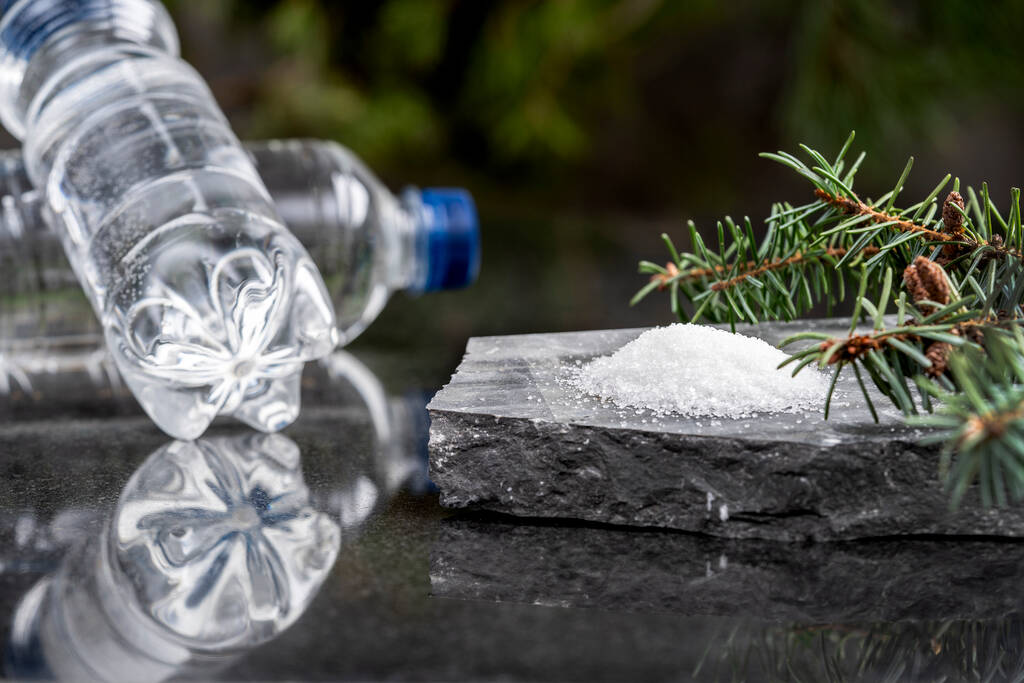It has been three weeks past when I first heard about the continuous massive fires in the Amazon rainforest and even though the blog usually focuses on sustainability within the chemicals and materials supply chain, I have to post this news in order for corporations to be aware of this devastating news and maybe help do something about it.
For example, outcries on the deforestation of several rainforests around the world to pave the way for industrialised agriculture has led to formation of organizations such as the Roundtable for Sustainable Palm Oil (RSPO), Roundtable on Sustainable Biofuels, Roundtable on Sustainable Biomaterials, Roundtable on Sustainable Forests, Roundtable on Sustainable Development, Roundtable on Responsible Soy, and Roundtable for a Sustainable Cocoa Economy, to name a few. Maybe if global companies that have businesses in South America will exert pressure to the Brazilian government, more efforts to contain and reduce the fires, as well as diminish deforestation activities in the region.
WHAT ELSE CAN WE IN THE GREEN CHEMISTRY COMMUNITY DO TO HELP?
Large-scale agriculture has experienced sizeable expansion and becomes the newest driver of deforestation in the Amazon region. Global agribusinesses need to step up to the plate and cut back on this expansion maybe by applying biotechnology to improve crop yields; use waste-based feedstock instead of agriculture crops for energy, food and materials production; and develop alternative sources of protein, feed and food instead of solely relying on animal meat and food crops.
So far this year, almost 73,000 fires have been detected by Brazil’s space research center, INPE. That marks an 83% increase from 2018 and the highest number on record since 2013, according to Reuters. More importantly, the Amazon rainforest generates more than 20% of the world’s oxygen and 10% of the world’s known biodiversity. The Amazon is referred to as the “lungs of the planet” and plays a major role in regulating the climate. The world would drastically change if the rainforest were to disappear, impacting everything from farms to drinking water. This is not just a problem for South America to handle but affects all countries around the globe.
One article about the fire cited ways for us ordinary folks to be able to help to protect the rainforest:
- Donate to Rainforest Action Network to protect an acre of the Amazonian rainforest.
- Donate to the Rainforest Trust to help buy land in the rainforest. Since 1988, the organization has saved over 23 million acres.
- Reduce your paper and wood consumption. Double-check with Rainforest Alliance that what you’re buying is considered rainforest-safe. You can also purchase rainforest-safe products from the alliance’s site.
- Reduce your beef intake. Beef found in processed products and fast-food burgers often comes from the rainforest.
- The World Wide Fund for Nature (known as the World Wildlife Fund in the US and Canada) works to protect the species in the Amazon and around the world.
- Ecosia.org is a search engine that plants a tree for every 45 searches you run.
- Explore Change.org petitions. A lawyer in Rio Branco has accumulated over 77,000 of his 150,000 signature goal to mobilize an investigation into the Amazonian fires.
- Donate to Amazon Watch, an organization that protects the rainforest, defends Indigenous rights and works to address climate change.
- Donate to the Amazon Conservation Team, which works to fight climate change, protect the Amazon and empower Indigenous peoples.
- Amazon Conservation accepts donations and lists exactly what your money goes toward. You can help plant trees, sponsor education, protect habitats, buy a solar panel, preserve Indigenous lands and more.
- Contact your elected officials and make your voice heard.
- Donate to One Tree Planted, which works to stop deforestation around the world and in the Amazon Rainforest. One Tree Planted will keep you updated on the Peru Project and the impact your trees are having on the community.
- Sign Greenpeace’s petition telling the Brazilian government to save the Amazon rainforest and protect the lands of indigenous and traditional communities.




